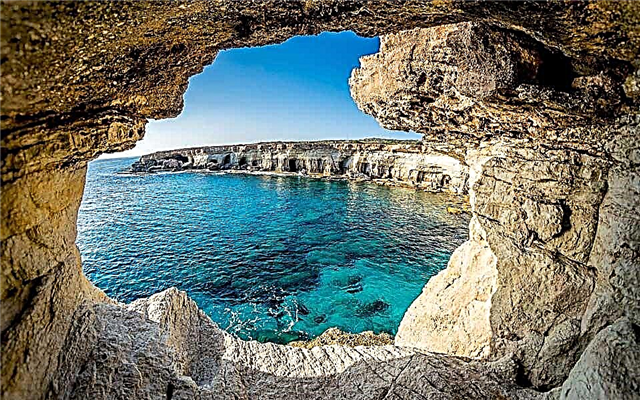If you are not interested in the Taj Mahal packed with tourists and other advertised sights of India, then you may be interested in lesser-known corners of this wonderful country.
Here are 10 amazing places in India, located away from popular tourist routes.
10. Kannur, Kerala
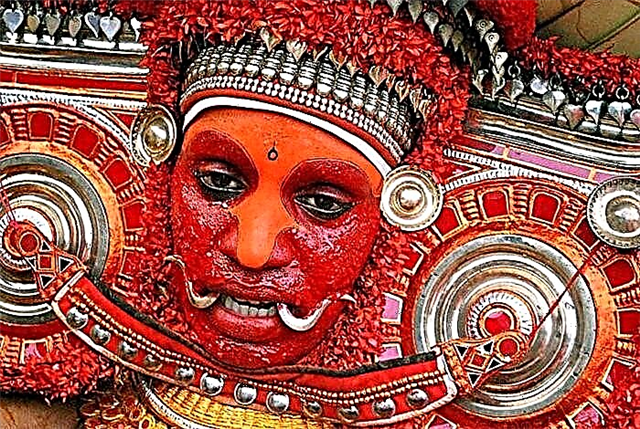 The small town of Kannur, located in northern Kerala, is known for its secluded beaches and an ancient form of religious worship of sacred spirits called Theyam (Theyyam). The art of fulfilling the role of the spirit is transmitted only within the Vannan caste. Teiam season lasts from October to May, and rituals are held in the homes of residents and around small temples.
The small town of Kannur, located in northern Kerala, is known for its secluded beaches and an ancient form of religious worship of sacred spirits called Theyam (Theyyam). The art of fulfilling the role of the spirit is transmitted only within the Vannan caste. Teiam season lasts from October to May, and rituals are held in the homes of residents and around small temples.
9. Shekhavati, Rajasthan
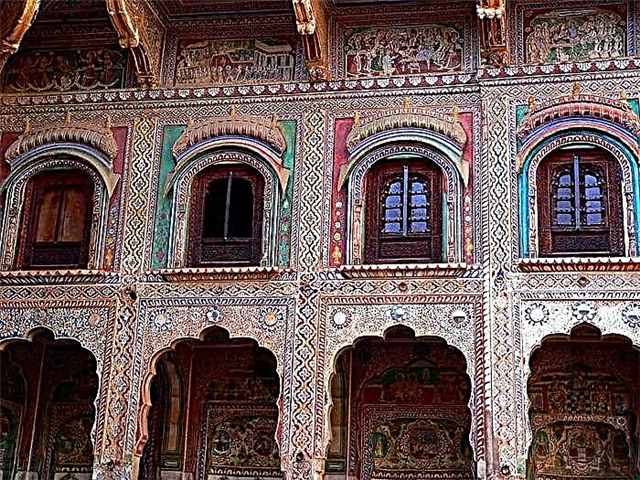 If you are a connoisseur of Indian art, architecture and history, then the Shekhavati should be included in the travel plan. Here you can see the beautifully decorated houses of the famous merchant families, thanks to which this city gained the fame of an open-air gallery.
If you are a connoisseur of Indian art, architecture and history, then the Shekhavati should be included in the travel plan. Here you can see the beautifully decorated houses of the famous merchant families, thanks to which this city gained the fame of an open-air gallery.
8. Guda Bishnoy, Rajasthan
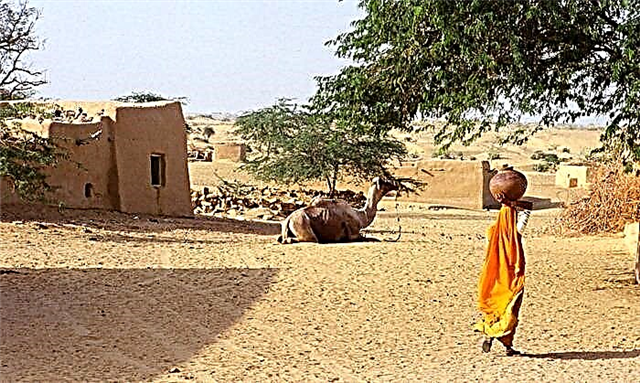 Conveniently located near Jodhpur, the village of Guda Bishnoy will show the authentic life of rural Rajasthan. Local residents live in harmony with the environment, and they bury rather than burn the dead (like other Indians) in order to preserve trees, since the wood is used for cremation. In the village you can buy the products of local artisans, see funny clay houses and admire wildlife, without fear walking around people.
Conveniently located near Jodhpur, the village of Guda Bishnoy will show the authentic life of rural Rajasthan. Local residents live in harmony with the environment, and they bury rather than burn the dead (like other Indians) in order to preserve trees, since the wood is used for cremation. In the village you can buy the products of local artisans, see funny clay houses and admire wildlife, without fear walking around people.
7. Mangroves, Tamil Nadu
 This is the second largest mangrove jungle in the world (the largest are in the Sundarban National Park in West Bengal). This is not the most popular hiking trail in India, but a fascinating place for wildlife lovers. There are 4,400 large and small canals in the mangroves that can be explored by boat.
This is the second largest mangrove jungle in the world (the largest are in the Sundarban National Park in West Bengal). This is not the most popular hiking trail in India, but a fascinating place for wildlife lovers. There are 4,400 large and small canals in the mangroves that can be explored by boat.
6. Maheshwar, Madhya Pradesh
 This small holy city is located on the banks of the Narmada River and is dedicated to the god Shiva. It is famous for its skillful weavers, and ghats (stone step structures) on Narmada. They have several large stone temples. On an island in the middle of Narmada, the temple of Baneshwar rises. You can get to it by motor boat (for 100-200 rupees in half an hour). It’s better to go there with the pilgrims, so it will be cheaper.
This small holy city is located on the banks of the Narmada River and is dedicated to the god Shiva. It is famous for its skillful weavers, and ghats (stone step structures) on Narmada. They have several large stone temples. On an island in the middle of Narmada, the temple of Baneshwar rises. You can get to it by motor boat (for 100-200 rupees in half an hour). It’s better to go there with the pilgrims, so it will be cheaper.
5. Cherapundji, Meghalaya
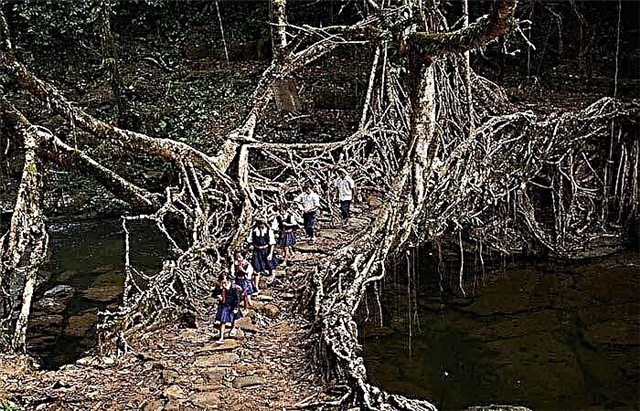 The wettest place on Earth is known for its woody bridges, which seem like scenery from some kind of science fiction film. They are grown from living roots of rubbery ficus. It takes 10 to 15 years to grow one bridge. With age, living bridges become only stronger and can support the weight of 50 people at a time.
The wettest place on Earth is known for its woody bridges, which seem like scenery from some kind of science fiction film. They are grown from living roots of rubbery ficus. It takes 10 to 15 years to grow one bridge. With age, living bridges become only stronger and can support the weight of 50 people at a time.
4. Majuli, Assam
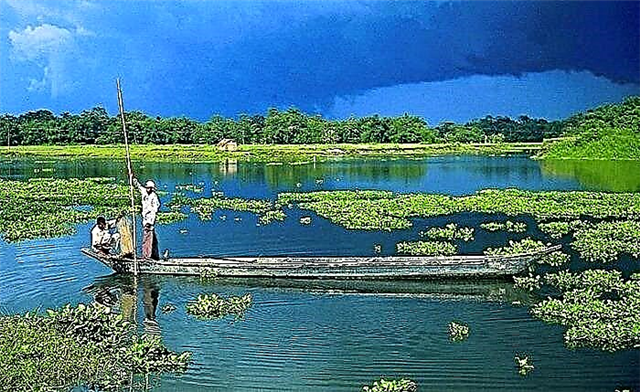 This largest river island is located on the Brahmaputra River in Assam. Here tourists are waiting for: a beautiful green landscape, lots of birds, and satras (neo-Vaishnava monasteries). The oldest and most basic satra is the Anuati satra.
This largest river island is located on the Brahmaputra River in Assam. Here tourists are waiting for: a beautiful green landscape, lots of birds, and satras (neo-Vaishnava monasteries). The oldest and most basic satra is the Anuati satra.
3. Spiti, Himachal Pradesh
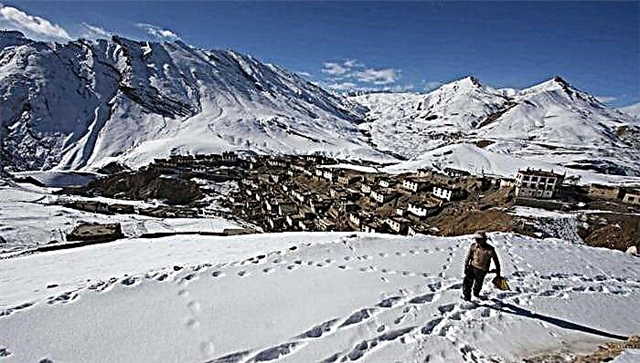 This mountain valley (it is called "Indian Tibet") has retained its original appearance, due to inaccessibility and sparsely populated. Ancient Buddhist monasteries and settlements from adobe huts clinging to the mountain slopes are scattered along it. Traveling around Spiti is best from July to September. The rest of the time, there is a chance of getting stuck in the valley for the winter, as the roads will be impassable for transport.
This mountain valley (it is called "Indian Tibet") has retained its original appearance, due to inaccessibility and sparsely populated. Ancient Buddhist monasteries and settlements from adobe huts clinging to the mountain slopes are scattered along it. Traveling around Spiti is best from July to September. The rest of the time, there is a chance of getting stuck in the valley for the winter, as the roads will be impassable for transport.
2. Kutch District, Gujarat
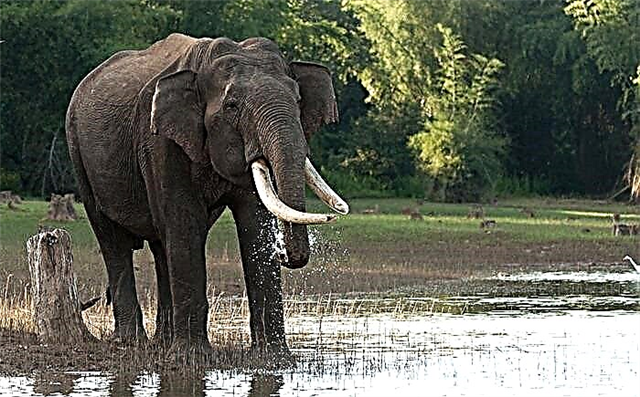 This area of Gujarat is sometimes described as the Indian Wild West. The name “Kutch” is associated with the alternation of wet (during the monsoon season) and dry climate. Many locals receive income from a craft that is passed down from generation to generation, making their products one of the main attractions for tourists. And in the reserve “Small Run Kutcha” you can see a wild Indian donkey.
This area of Gujarat is sometimes described as the Indian Wild West. The name “Kutch” is associated with the alternation of wet (during the monsoon season) and dry climate. Many locals receive income from a craft that is passed down from generation to generation, making their products one of the main attractions for tourists. And in the reserve “Small Run Kutcha” you can see a wild Indian donkey.
1. Orissa
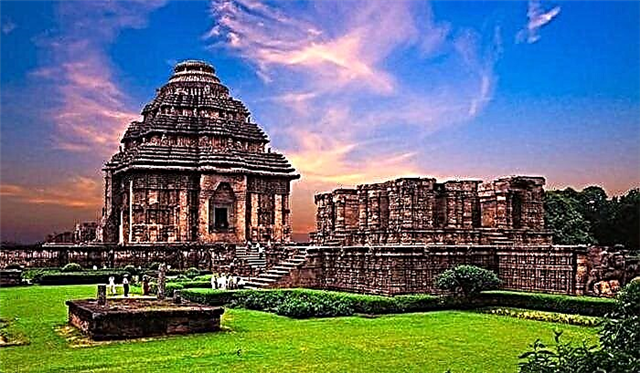 This rural state is one of the least visited tourist areas of India. In Orissa there are picturesque national parks, temples of Bhubaneswar and Puri and Lake Chilka, in which freshwater dolphins live. And here, ancient Adivasi tribes live, having preserved archaic life and customs.
This rural state is one of the least visited tourist areas of India. In Orissa there are picturesque national parks, temples of Bhubaneswar and Puri and Lake Chilka, in which freshwater dolphins live. And here, ancient Adivasi tribes live, having preserved archaic life and customs.






